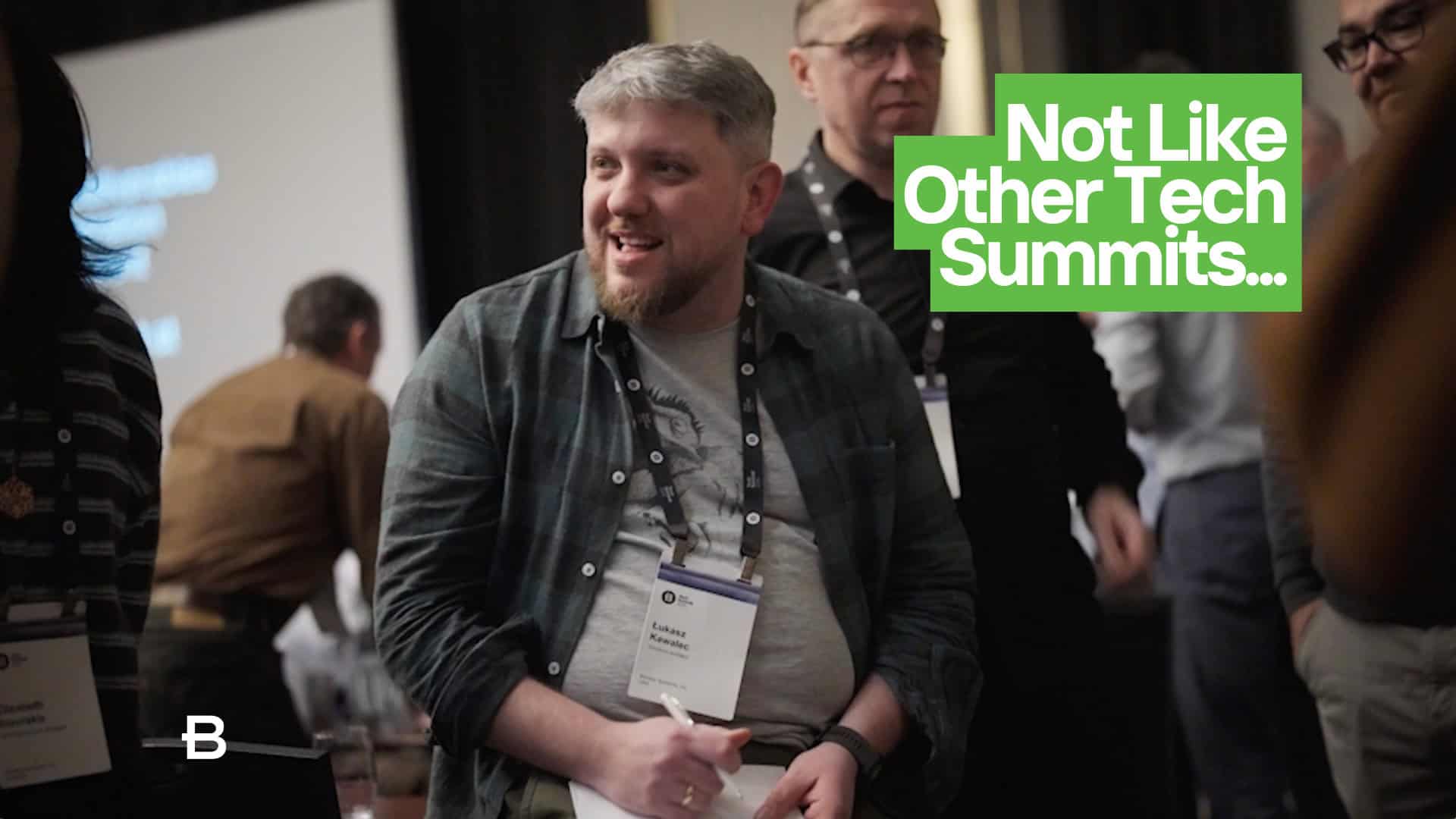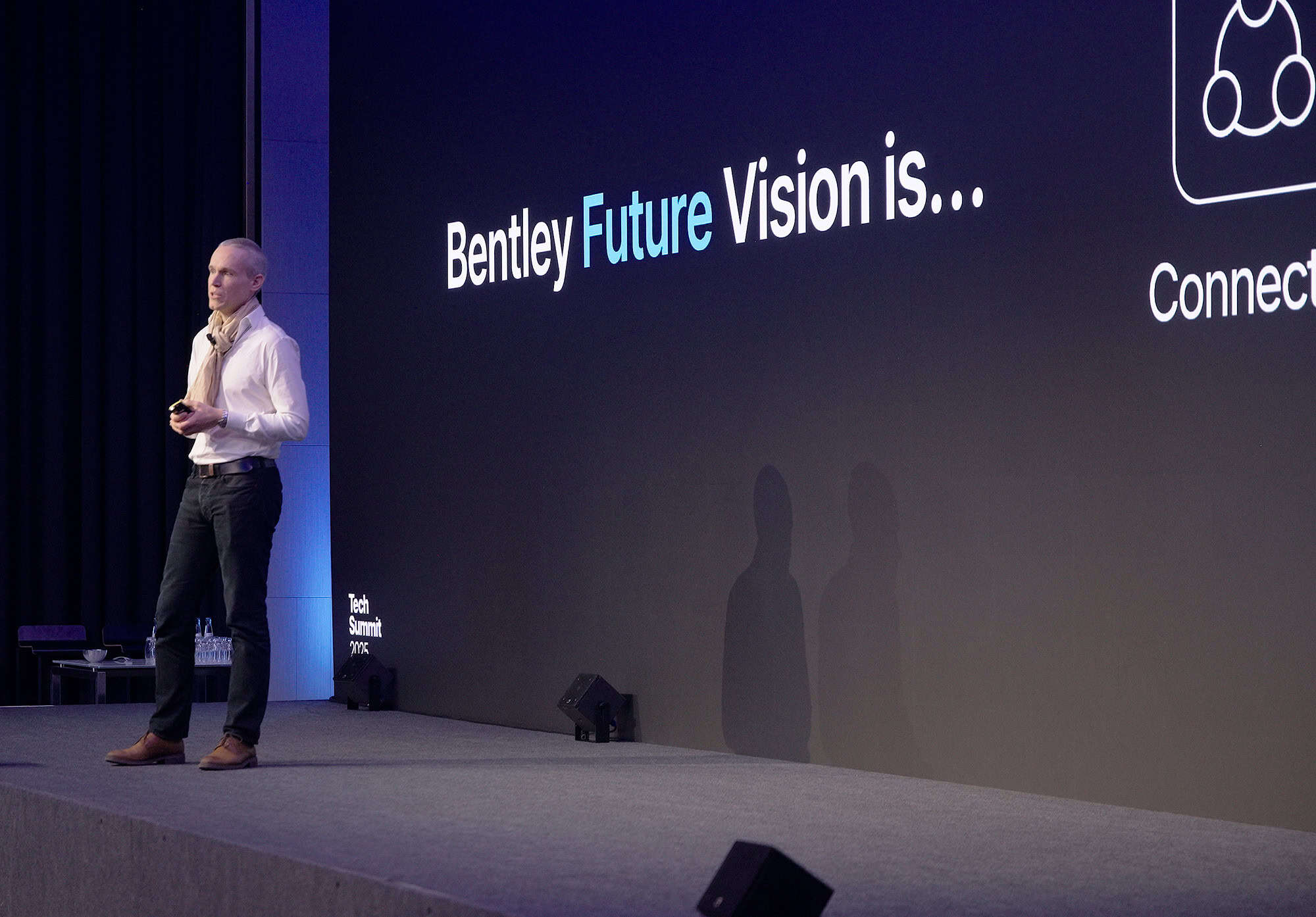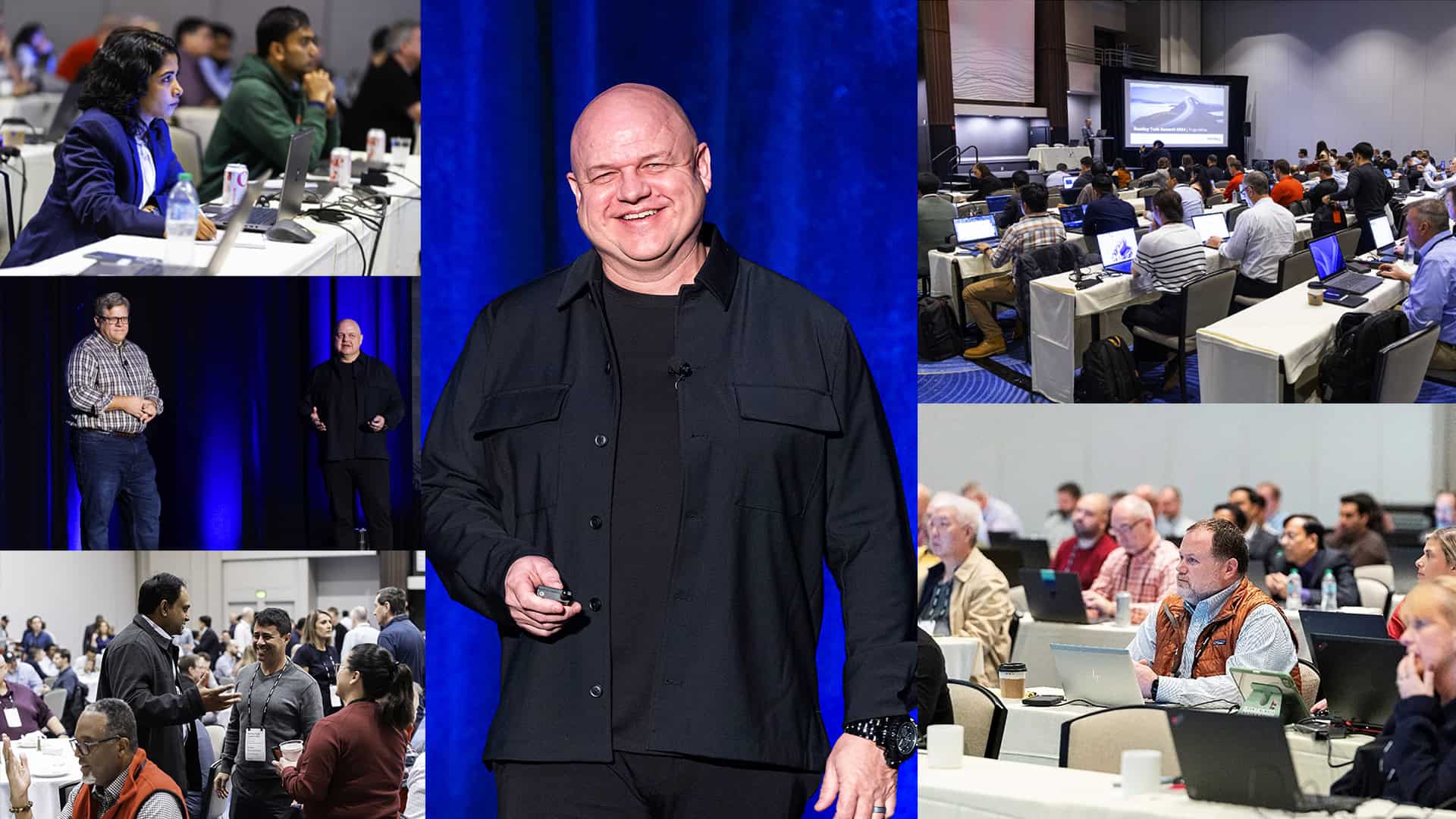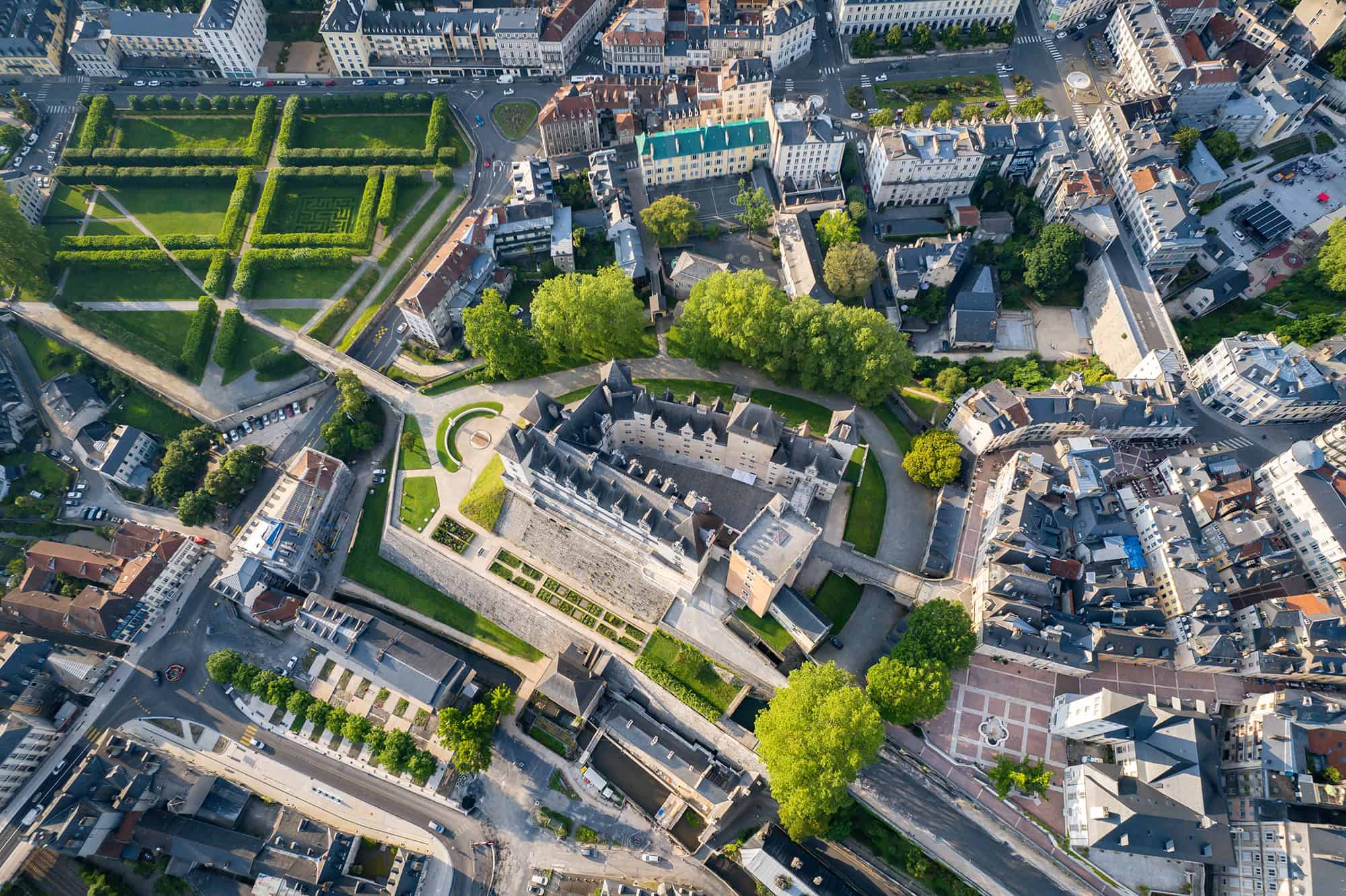Leopold Bloom, the protagonist in James Joyce’s Ulyssess, famously quipped that a “good puzzle would be to cross Dublin without passing a pub.” Nearly a century later, Rory McCann solved the puzzle. The software developer and open data enthusiast has created a clever navigation tool that guides users through the Irish capital without tempting them to stop for a pint of Guinness. “Among the OpenStreetMap community here in Dublin, it’s something that we’ve thought we could solve (thanks to open data),” McCann told The Guardian newspaper. “I started thinking about it and could see it coming together in my head, so had a stab at it, et voila!”
In the same spirit of open data and taking on a good, fun challenge, Dublin—now one of the world’s premier tech hubs—recently hosted more than 90 researchers, engineers, urban planners, students, and even bankers to attend the first Urban Tech Challenge (UTC). Bentley Systems, the global infrastructure engineering software company, organized the event in partnership with Google, Dublin City University, Dublin City Council, and the urban innovation outfit Smart Dublin.
Organizers challenged participants to rethink urban planning, mobility, flood resilience, emergency services, and other critical city infrastructure—and to do it with the latest digital technology. That included 3D geospatial tools, digital twins, open data, and artificial intelligence (AI), including generative AI. Teams with the best ideas were invited to present their solutions at Bentley’s Year in Infrastructure and Going Digital Awards. The event, dubbed the Oscars of the infrastructure industry, will take place in October in Amsterdam. “We’re excited for the winners of our first Urban Tech Challenge to share their solutions and give city leaders everywhere a glimpse into the digital ideas shaping the future of urban infrastructure,” said Richard Vestner, Bentley’s vice president for Water and Cities.
More practical than McCann’s teetotaler crawl, teams attending the UTC came up with ideas to make cities smarter, safer, and more engaged with their citizens. “Smart City for me is about collaboration,” said Nicola Graham, smart city program manager for the Dublin City Council. “It’s about working with private industry, it’s about working with universities, and it’s about working with people to try and understand what their needs are and to try and utilize technology, to try and make the city more livable.”
Back to the future
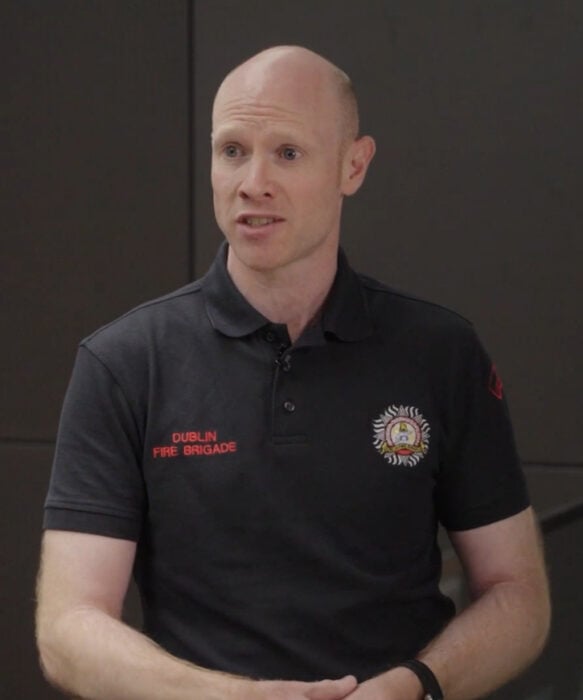 Rob Howell of the Dublin Fire Brigade’s Organizational Intelligence Unit
Rob Howell of the Dublin Fire Brigade’s Organizational Intelligence UnitDublin was a natural place to hold the challenge. For starters, it takes its infrastructure seriously. Note that the city’s Gallic name—Baile Átha Cliath—means Town of the Hurdled Ford, which refers to a reinforced crossing of Dublin’s beloved River Liffey that was part of an ancient road system, according to local research. The capital city has long left behind wattle and logs, and it’s now blazing the smart city trail by adopting and implementing digital technology to better serve its constituents.
In 2016, local authorities launched Smart Dublin, a regional initiative bringing technology providers, researchers and citizens together to transform public services. The program has helped the city incubate its smart city projects through efforts such as Smart Docklands, which is a testbed for future connectivity, 3D modeling and digital twins; a digital twin for the Dublin Fire Brigade, aiming to speed up response times and keep firefighters safer; and Smart Dublin City University, or Smart DCU, a program using the university’s campus as a “smart city sandbox” for testing and refining urban digital applications.
UTC connected these locales and initiatives with academia and industry in an event that kicked off on the top floor of Google’s European headquarters and then moved to the brand new Polaris building on Dublin City University’s Glasnevin campus. Here, teams built their solutions over two days with the world’s most advanced technology, including geospatial tech, digital twins, and AI. For example, participants created visualizations using data about traffic, congestion, flooding, census details, and other information they pulled from open data databases and APIs with Google 3D Tiles powering Google Maps. Google 3D Tiles run on open standards developed by Cesium, the 3D geospatial company Bentley acquired last year.
Speaking at Google headquarters on the eve of the challenge, Jamie Cudden, Dublin’s executive manager for corporate services and transformation, told the teams to “inspire us and show us the power” of Cesium, geospatial technology, and digital twins. “How can we create a single map of the city? You guys are shaping the future, driving change, driving innovation, and positioning Dublin as a leader in smart cities,” Cudden said.
Beyond Pretty Models
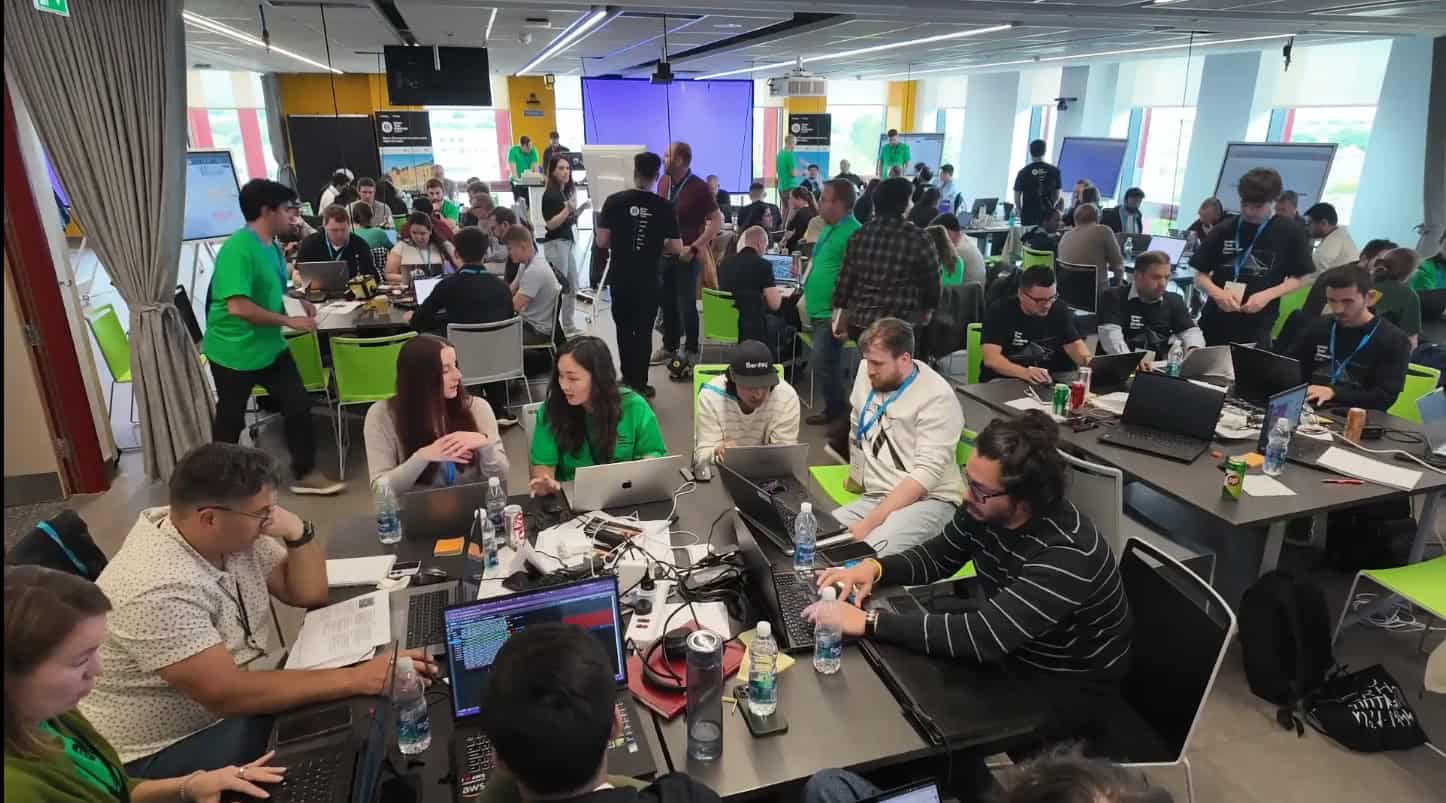 Dublin City University participate in the hackathon during the Urban Tech Challenge.
Dublin City University participate in the hackathon during the Urban Tech Challenge.To shape that future, teams need access to a potent ingredient: open data. “Without open data, digital twins are just pretty models,” says Jack Kavanagh, open data lead at Smart Dublin. “The data that’s behind these models is actually what’s most important.” He says that without access to accurate open data portals and open APIs that supply updates from sensors and other Internet of Things (IoT) devices, “the model will become outdated in a day, and it will become useless.”
At UTC, competing teams had access to Google Maps data and other Google APIs. Teams also had environmental and meteorological data, like sea levels and rainfall, along with pollution and traffic information, and census data. Among the top-performing teams was Hackdraft, which chose to add new capabilities to the existing protype of the Dublin Fire Brigade digital twin. The team used census data about fire alarms, population age in specific neighborhoods, and even smoker density to spot risk factors. Their goal was to find the most optimal locations for firehouses.
“I came with lots of tabular data, not understanding really what it means when you stick it all together,” said Rob Howell, a member of the team and station officer in Dublin Fire Brigade’s Organizational Intelligence Unit. He said visualizing the information with Cesium and using Google APIs “really made all the information and give us something we can really use moving forward in the fire service, hopefully in the months and years ahead.” His team took first place in the challenge and will present their solutions to guests at Bentley’s awards event in Amsterdam in October.
Storytelling with data
 Digital Twin for Emergency Response, also known as DTER, aims to reduce pre-incident planning time for firefighting.
Digital Twin for Emergency Response, also known as DTER, aims to reduce pre-incident planning time for firefighting.Fire wasn’t the only concern for teams at UTC. Dublin is a seaport, and two teams took on flooding by looking at flood protection and exploring the “sponge city” concept—an idea borrowed from nature that involves sunken playgrounds, parks, and other engineered structures to soak up excess water.
Dublin’s Docklands area is the perfect place for this innovation. Now dubbed Silicon Docks and home to global tech companies and startups, the area has played a key role in Dublin’s innovation and growth. An ingenious diving bell—now a towering example of Victorian innovation displayed on the banks of the Grand Canal Dock—allowed engineers to efficiently excavate and expand the city’s quays. Today, the city has collected some 50 million data points that allowed it to revitalize the area and position it for the future. “With initiatives like smart docklands, we can shape the future of cities from Dublin,” says Cudden, the Dublin city official. “It’s storytelling with data.”
Paddy Flynn, Google’s vice president for Geo Data Operations, agrees. Overlooking the area from the top floor of Google’s headquarters, Flynn says Dublin is a good place to innovate, test, and scale solutions. He notes that Dublin is a magnet for tech companies, home to a sizable population (1.5 million residents), and the country’s capital city. “Everybody knows everybody, a classic Irish thing,” he laughs. “We form good relationships, and we’re actually able to come together and bring the best of our resources to try new things.” He says the tech challenge is a good example.
The importance of being a noob
 Dublin City University participate in the hackathon during the Urban Tech Challenge.
Dublin City University participate in the hackathon during the Urban Tech Challenge.Back at the Polaris building on the Dublin City University campus, Tomas Ward was keen to see the teams and his students make progress. A professor of data analytics at the School of Computing, Ward is also the university’s site director for Insight, one of Ireland’s largest research institutions in data science and AI. “I believe in this sort of culture of coming together to build things, to experiment, to try things out, to fail together, to succeed together,” he says. “I’m a big fan of that social aspect to engineering, and I think in DCU there’s a great culture here that celebrates that.”
Ward also envisions a smart city as a place that allows people to experiment and actively participate in the development of the city. “That’s how I see it,” the professor says. “Collectively we have an opportunity to co-develop and to co-create the city, as active participants rather than just passively accepting what some kind of central authority might see as how a city could be.”
Echoing the Fire Brigade’s Howell, Ward says the most important quality for anyone seeking to innovate and move forward “is to be willing to learn, to learn to be comfortable being a noob.” Despite all of his accomplishments, Ward admits: “I’m a noob every single day. If I could go into that hackathon there, I wouldn’t have a clue what I’m doing. But I’d be confident enough in my abilities to give it a go and not be afraid of failure, not being afraid of not appearing an expert.”
“People should pursue joy in what they’re doing, trying to figure out what their passion is from doing that, to be unencumbered by any kind of fear of failure,” he says.
Tomas Kellner is Bentley’s chief storyteller. An engineer by training who spent his career in journalism and media, he writes about the intersection of AI, digital twins, and the future of infrastructure.

